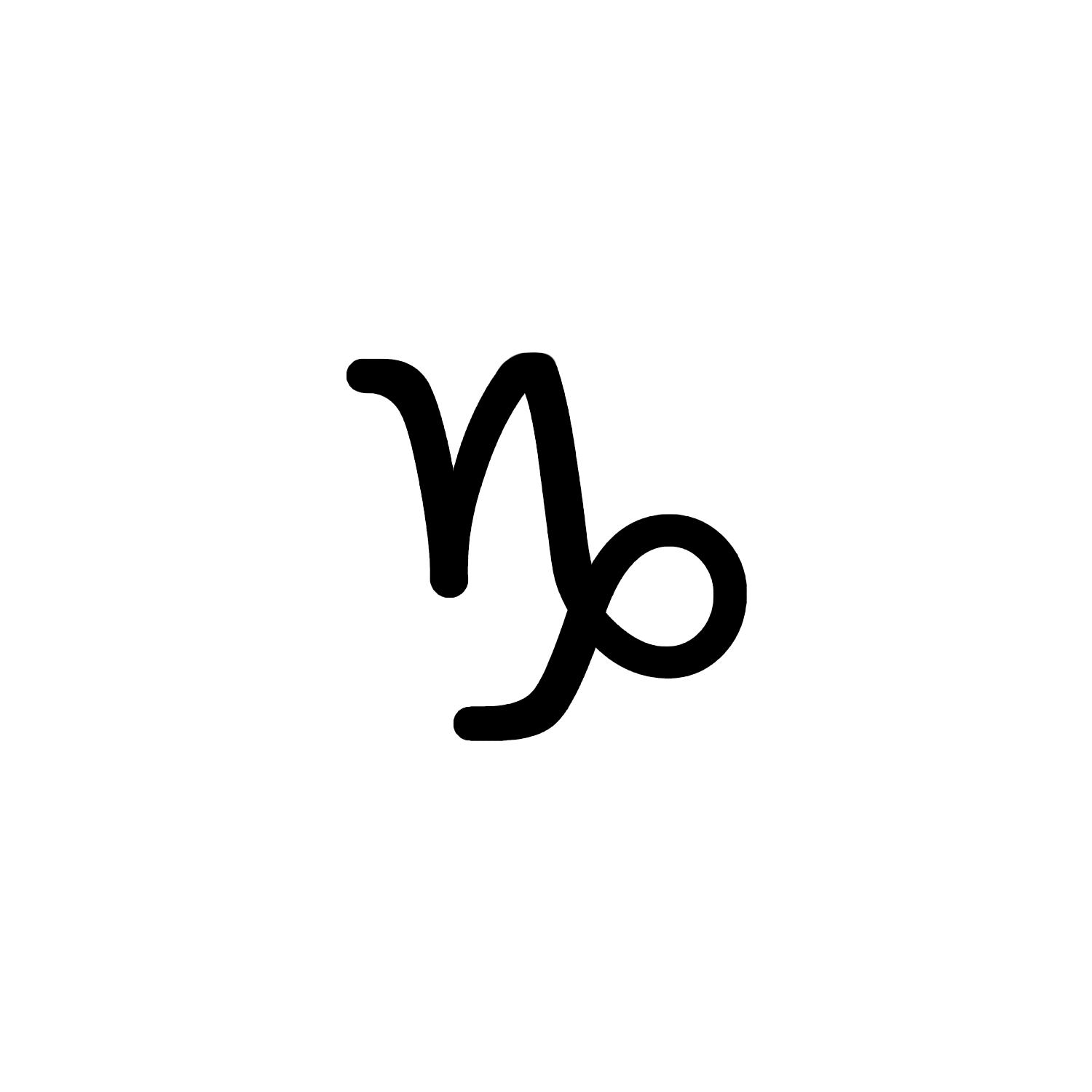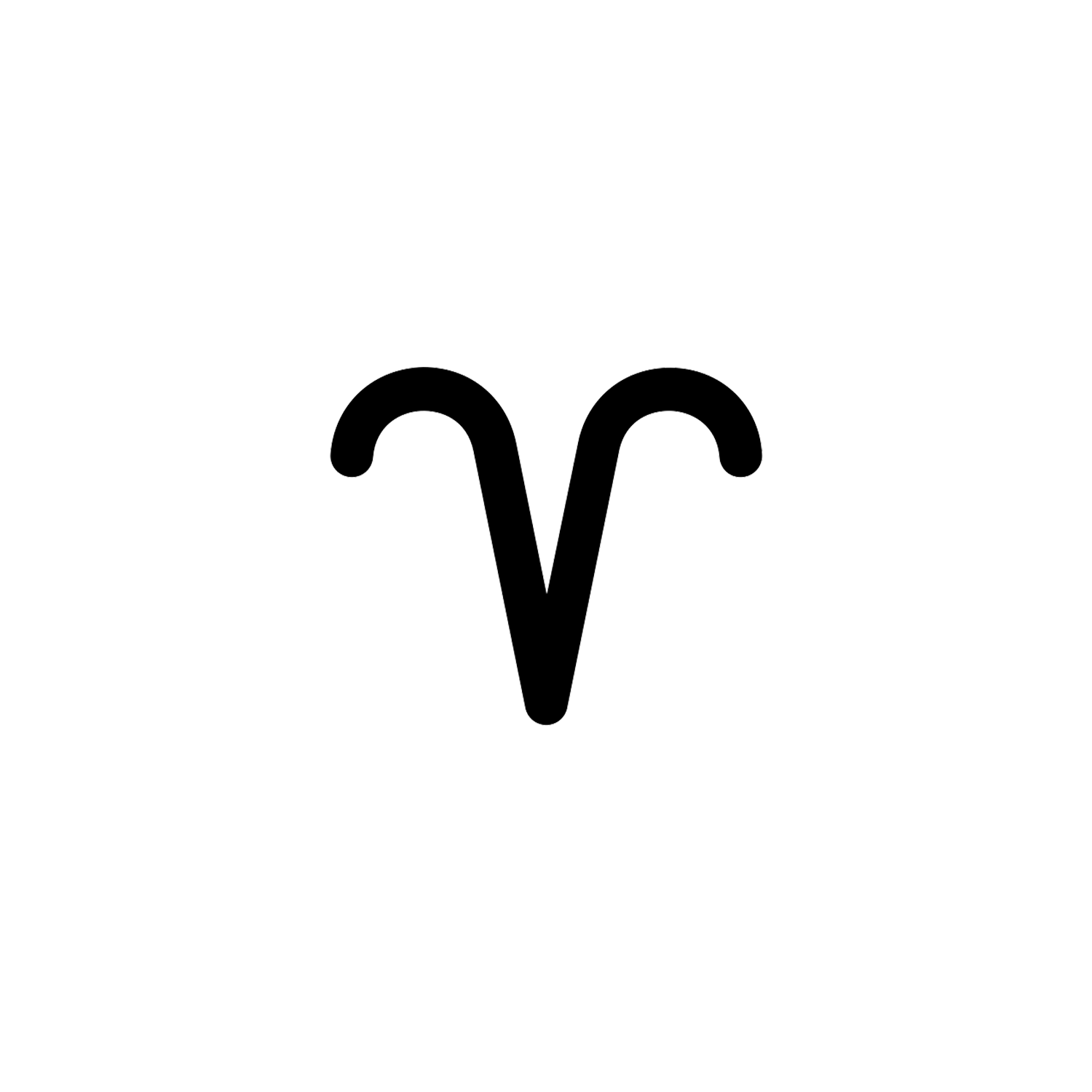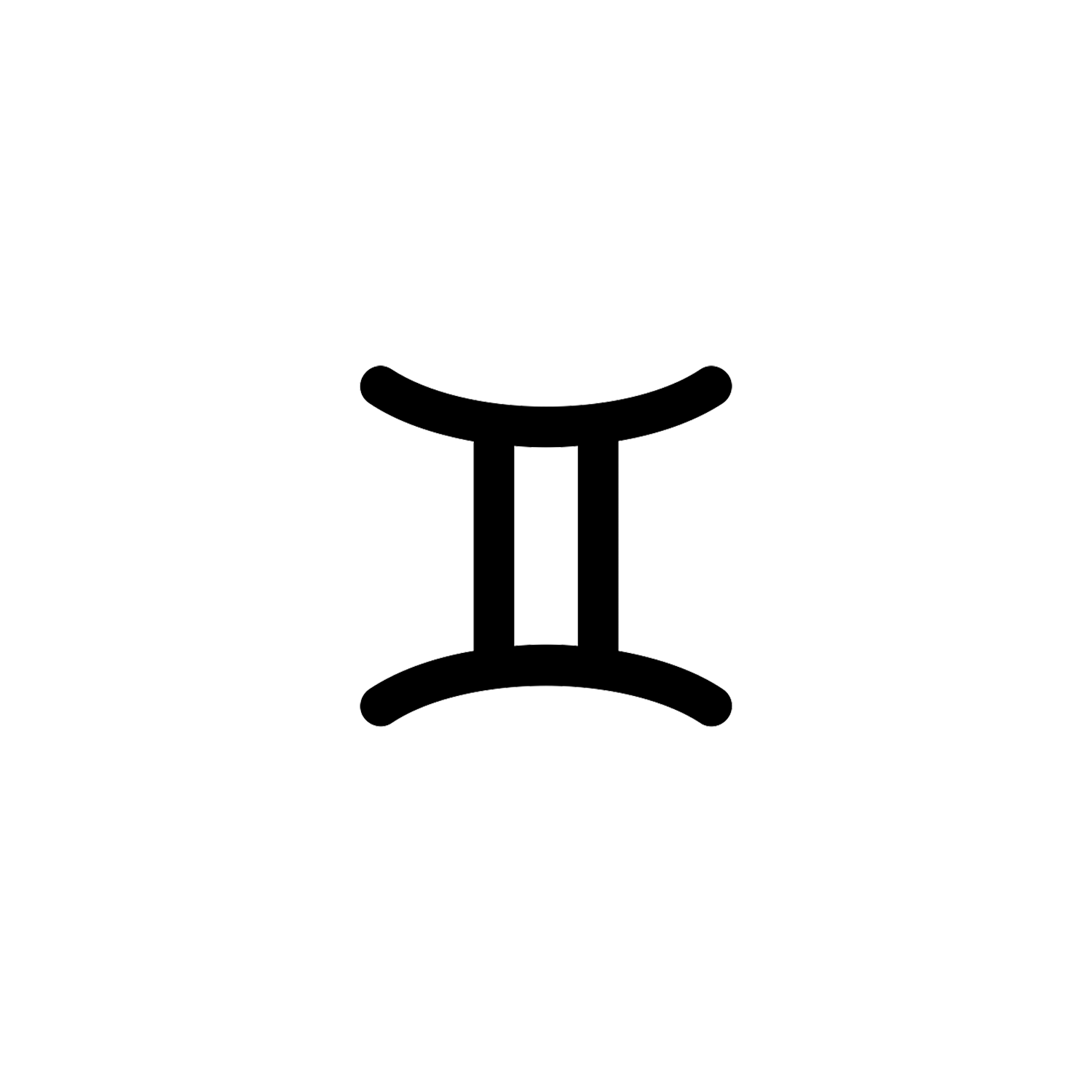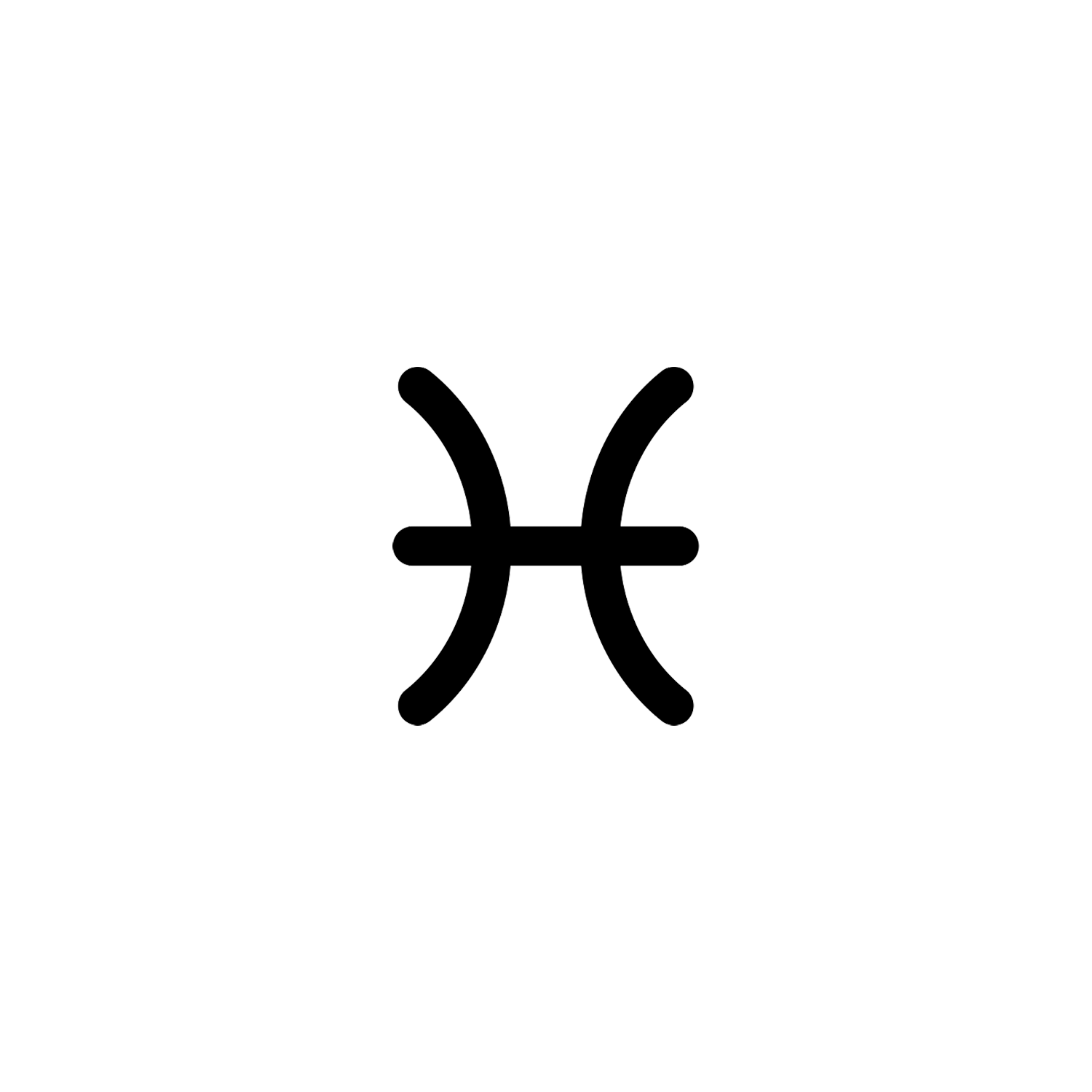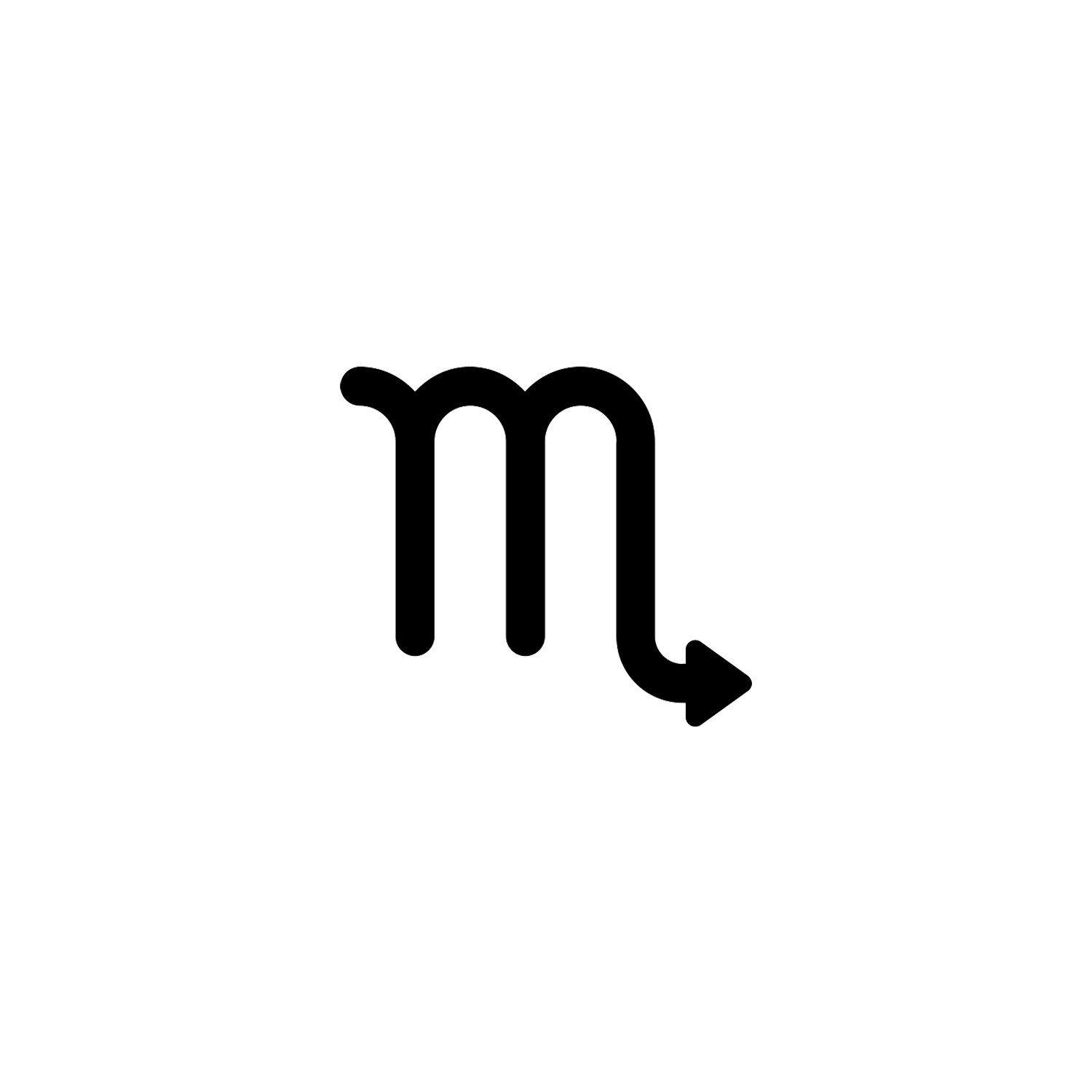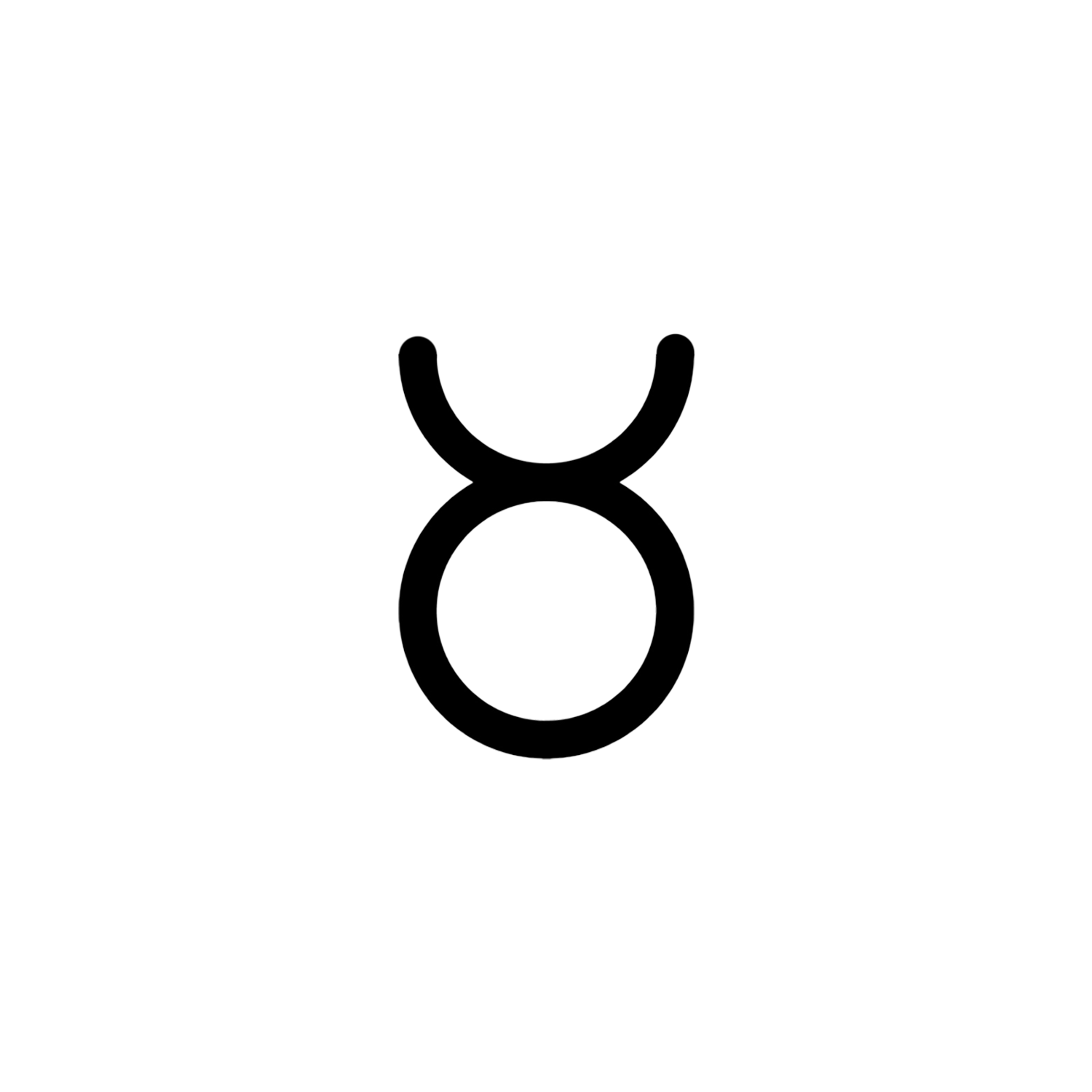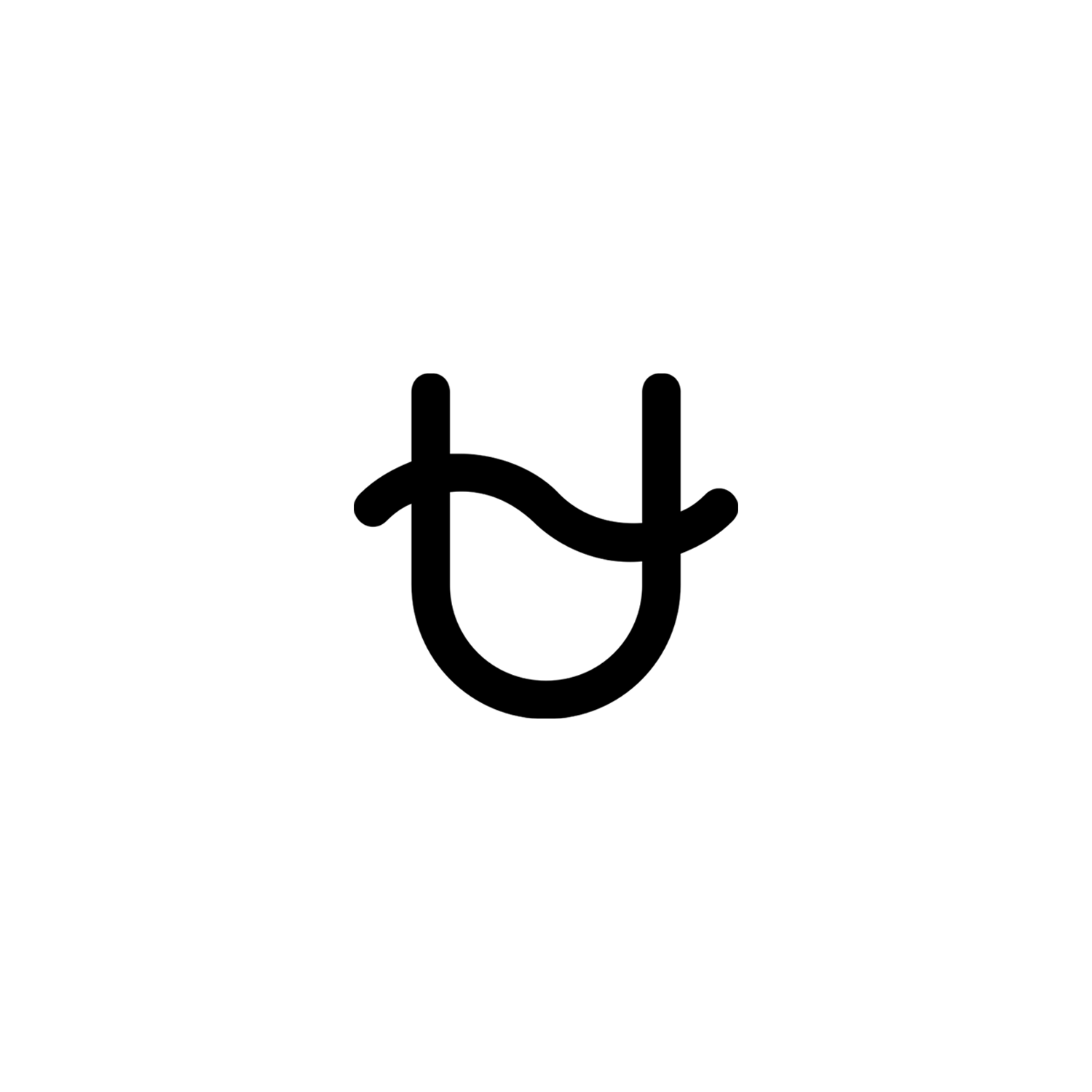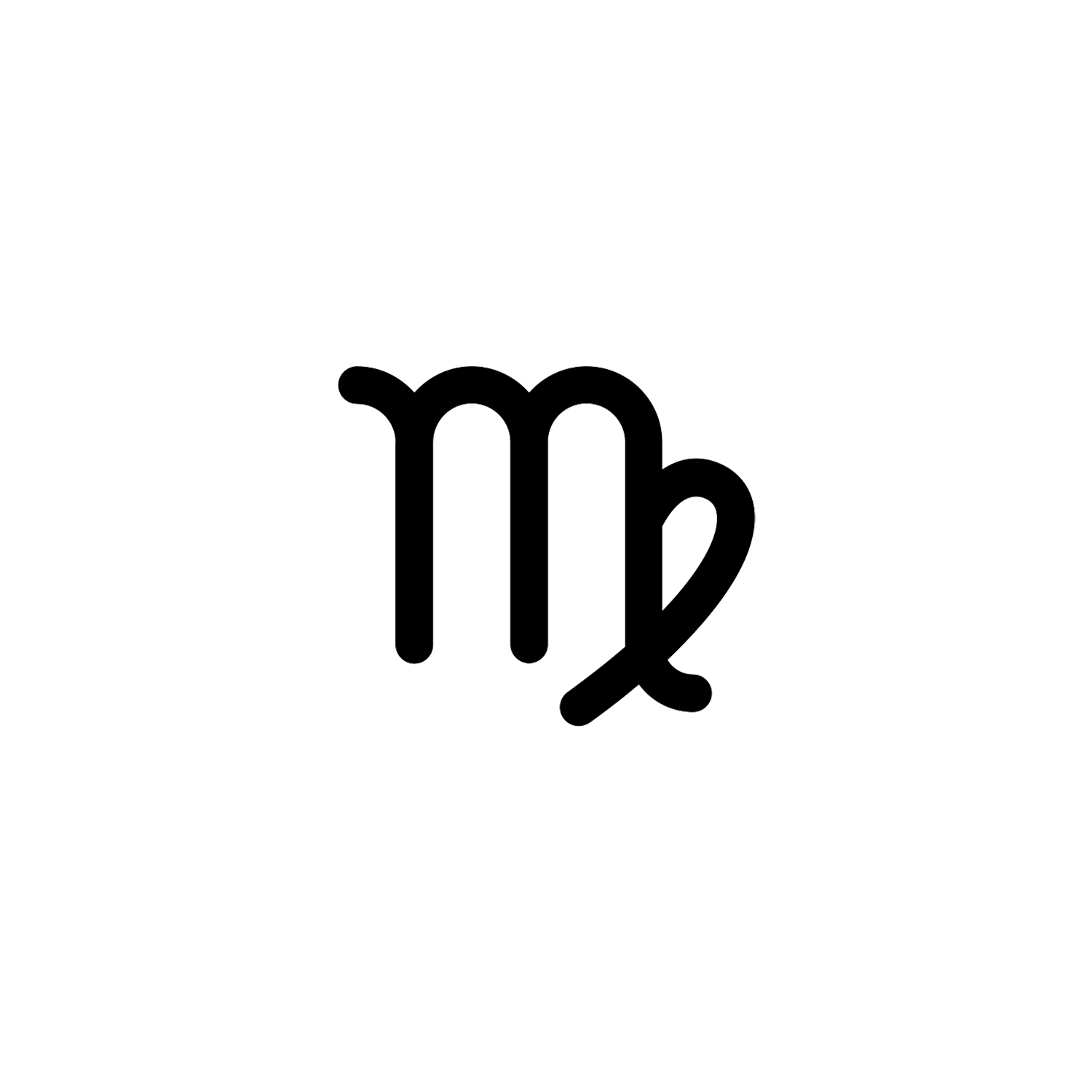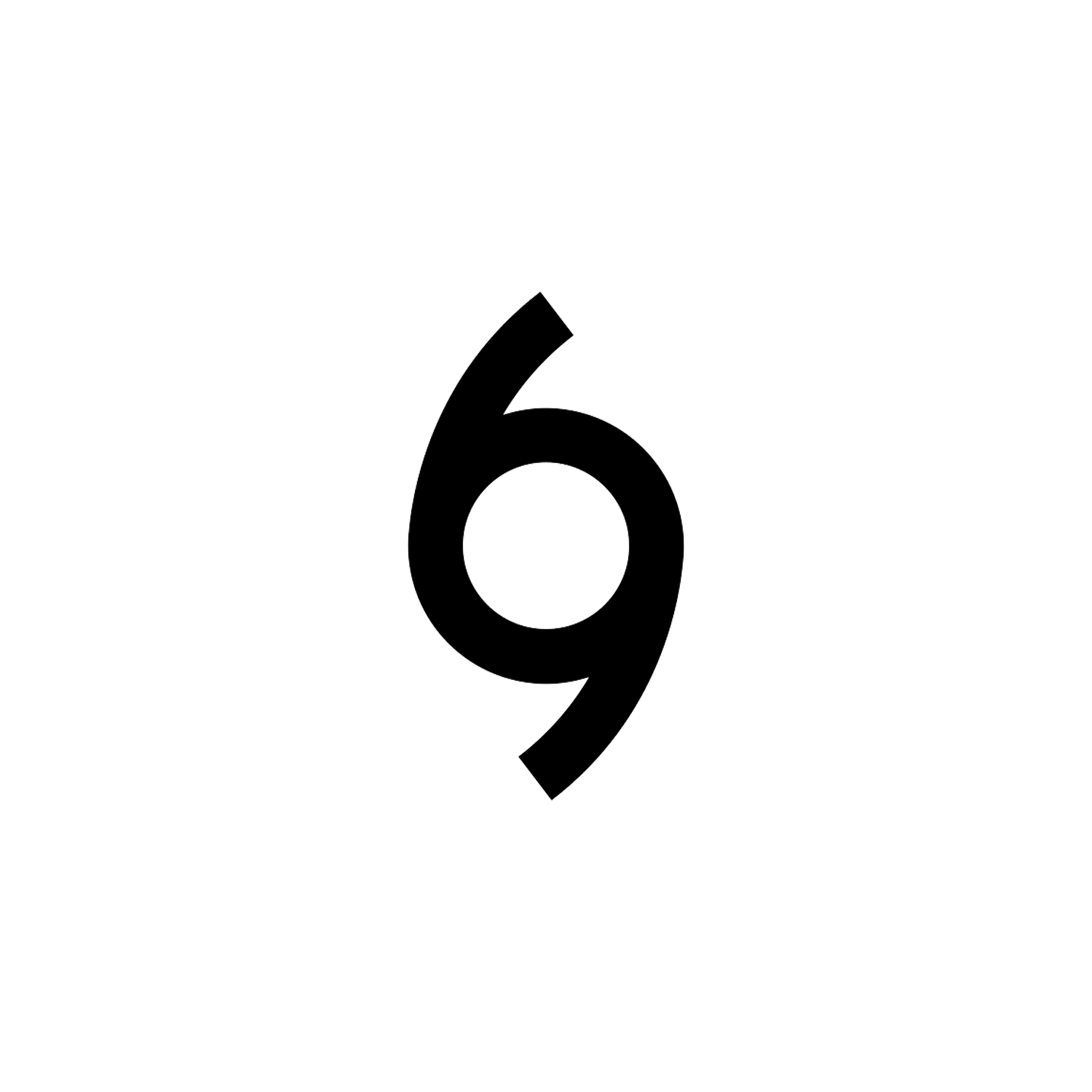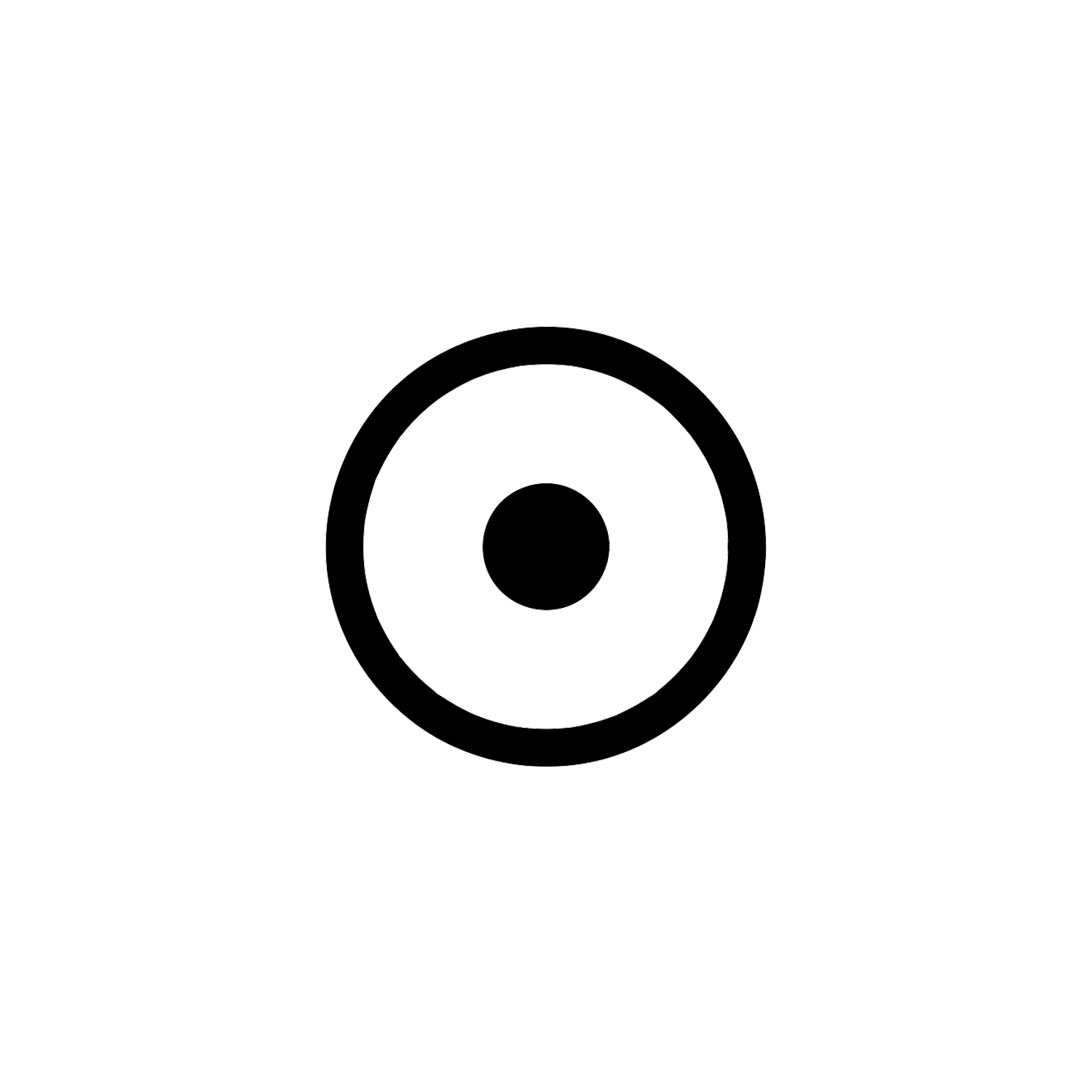Leo
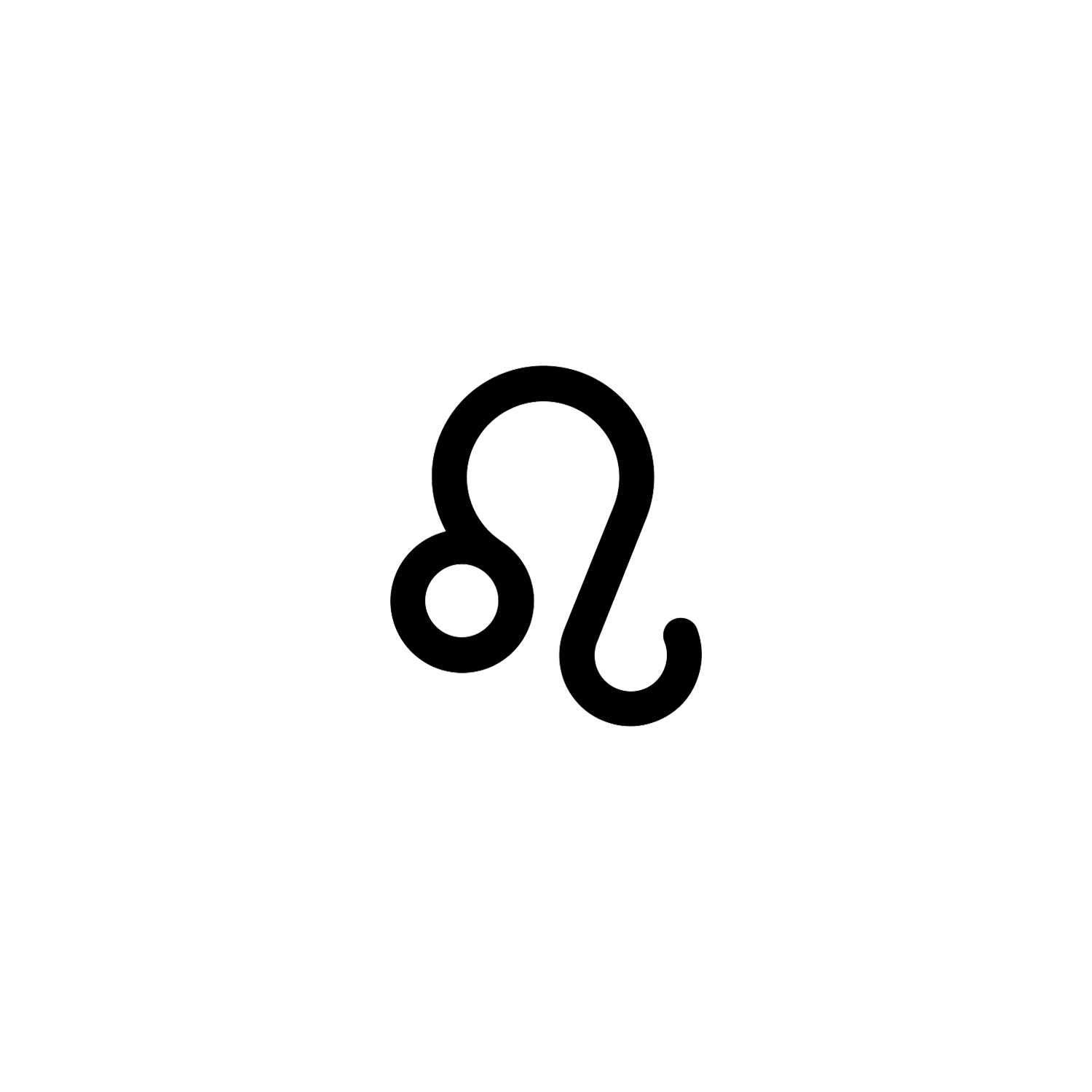

Leo
The fifth astrological sign in the zodiac.
Overview
Leo (Ancient Greek: Λέων, romanized: Léōn, Latin for “lion”) is the fifth sign of the zodiac. It corresponds to the constellation Leo and comes after Cancer and before Virgo. The traditional Western zodiac associates Leo with the period between about July 23 and August 22,[1] and the sign spans the 120th to 150th degree of celestial longitude.
Leo is associated with fire, accompanied by Aries and Sagittarius, and its modality is fixed. The constellation Leo is associated with the mythological Nemean lion.[2] The lion is a very important and prominent symbol in Greek mythology.[1][3]

Egyptians worshipped the constellation, which they referred to as “Knem”, because it was present during the flooding of the Nile River. This event signified plentiful harvests for the upcoming year, and the people interpreted it as a gift from the earth. Ruler of Egypt, Tutankhamun’s gold throne features lion heads where the seat and front legs meet, as well as clawed feet at the end of each leg, symbolizing power and royalty.[4]


Astrology
In Western astrology, the polarity divides the zodiac in half and refers to the alignment of a sign’s energy as either positive or negative, with various attributes associated to them as a result.[5]
Positive polarity signs, also called active, yang, expressive, or masculine signs, are the six odd-numbered signs of the zodiac: Aries, Gemini, Leo, Libra, Sagittarius, and Aquarius. Positive signs make up the fire and air triplicities.[6][7]
Negative polarity signs, also called passive, yin, receptive, or feminine signs,[8] are the six even-numbered signs of the zodiac: Taurus, Cancer, Virgo, Scorpio, Capricorn, and Pisces. Negative signs make up the earth and water triplicities.[9]

Astronomy
Leo /ˈliːoʊ/ is one of the constellations of the zodiac, between Cancer the crab to the west and Virgo the maiden to the east. It is located in the Northern celestial hemisphere. Its name is Latin for lion, and to the ancient Greeks represented the Nemean Lion killed by the mythical Greek hero Heracles as one of his twelve labors.
One of the 48 constellations described by the 2nd-century astronomer Ptolemy, Leo remains one of the 88 modern constellations today, and one of the most easily recognizable due to its many bright stars and a distinctive shape that is reminiscent of the crouching lion it depicts.
Leo was one of the earliest recognized constellations, with archaeological evidence that the Mesopotamians had a similar constellation as early as 4000 BCE.[10] The Persians called Leo Ser or Shir; the Turks, Artan; the Syrians, Aryo; the Jews, Arye; the Indians, Simha, all meaning “lion”. Some mythologists believe that in Sumeria, Leo represented the monster Humbaba, who was killed by Gilgamesh.[10]
In Babylonian astronomy, the constellation was called UR.GU.LA, the “Great Lion”; the bright star Regulus was known as “the star that stands at the Lion’s breast.” Regulus also had distinctly regal associations, as it was known as the King Star.[11]

In Greek mythology, Leo was identified as the Nemean Lion which was killed by Heracles (Hercules to the Romans) during the first of his twelve labours.[12][13] The Nemean Lion would take women as hostages to its lair in a cave, luring warriors from nearby towns to save the damsel in distress, to their misfortune.[14]
The Lion was impervious to any weaponry; thus, the warriors’ clubs, swords, and spears were rendered useless against it. Realizing that he must defeat the Lion with his bare hands, Hercules slipped into the Lion’s cave and engaged it at close quarters.[15] When the Lion pounced, Hercules caught it in midair, one hand grasping the Lion’s forelegs and the other its hind legs, and bent it backwards, breaking its back and freeing the trapped maidens.[16] Zeus commemorated this labor by placing the Lion in the sky.[17]
The Roman poet Ovid called it Herculeus Leo and Violentus Leo. Bacchi Sidus (star of Bacchus) was another of its titles, the god Bacchus always being identified with this animal. However, Manilius called it Jovis et Junonis Sidus (Star of Jupiter and Juno).

Differences between Astrology and Astronomy
Astrological signs are now only used in astrology to tell fortunes and describe people’s characters. Zodiac constellations are the subject of astronomy. Previously, they marked the passage of time and the seasons for ancient people and helped create calendars. Even now, they are used for marine navigation and astronomical observations. For instance, they are especially useful for amateur astronomers as reference points to locate planets.
Astrology is a pseudoscience.[18] Scientific investigations of the theoretical[19] basis and experimental verification of claims[20] have shown it to have no scientific validity or explanatory power. More plausible explanations for the apparent correlation between personality traits and birth months exist, such as the influence of seasonal birth in humans.
The zodiac signs’ dates are now about a month ahead of when the Sun meets the corresponding constellations. These dates were established more than two thousand years ago, but today things changed. For example, Aries now meets the Sun around April 19 (the exact date depends on the year and your timezone) instead of the astrological date of March 21. So, most people who think of themselves as Aries were born when the Sun was in Pisces.
The reason for this time shift is the axial precession of the Earth. Our planet is like a spinning top: it’s flattened at the poles and bulges at the equator, pulled by the Moon and Sun. So, it wobbles as it spins, tracing a cone of 23.5° radius with its axis. The wobble is called the precession of the Earth’s axis, or the precession of the equinoxes. Each spin lasts one day, but each gyration around the cone takes 25,800 years. The movement slowly alters the view of the zodiac from the Earth, making the constellations appear to slide to the east about 1° per human lifetime.
Moreover, just as in ancient times, now the Sun passes through the 13th constellation Ophiuchus that we mentioned above. So, no zodiac constellation meets the Sun from around November 30 to December 17, but, in astrology, these days belong to the sign Sagittarius.
It’s the astronomical view of things. Astrologers defend themselves by saying that they use the tropical zodiac, which is fixed to seasons, not the position of constellations. So, it’s your choice to believe whether you are Aries or Pisces, Sagittarius or Ophiuchus.

There are twelve constellations that roughly correspond to the traditional zodiac signs and are recognized as members of the zodiac family: Aries, Taurus, Gemini, Cancer, Leo, Virgo, Libra, Scorpius, Sagittarius, Capricornus, Aquarius, Pisces.
They are called “zodiac” on behalf of tradition. Beyond that, there is no reason why they are grouped this way.
Astrologers say that during the dates of a zodiac sign, the Sun is “in” the corresponding constellation. Over a year, the Sun regularly visits 13 constellations in the sky: Capricornus, Aquarius, Pisces, Aries, Taurus, Gemini, Cancer, Leo, Virgo, Libra, Scorpius, Sagittarius, and Ophiuchus. The last one doesn’t have its traditional zodiac sign, but why? To find out, we would have to ask the Babylonians.
Babylonian astronomers designated the 12 zodiac signs in the 5th century B.C. They knew the 13th constellation Ophiuchus, but it didn’t fit into the ancient calendar of 12 lunar months. So, Babylonians omitted Ophiuchus for convenience. Modern Western zodiac astrology still follows the Babylonian tradition. Moreover, astronomy constellation maps don’t include Ophiuchus in the zodiac family either – it belongs to the Hercules one.
Altogether, the 13 constellations are called the constellations of the ecliptic. The ecliptic refers to the imaginary plane containing the Earth’s orbit around the Sun. We from the Earth observe it as the Sun’s path in the sky throughout the year. Over a year, the Sun appears to regularly pass in front of the ecliptic constellations one by one. The entry and exit dates almost perfectly repeat. For Ophiuchus, these dates are November 30 to December 17 (the beginning and the ending may vary by day, depending on the year and your timezone).
Therefore, if you are born at the beginning of December, don’t be surprised that the Sun is “in” Ophiuchus and not the constellation Sagittarius.

Conclusion
In astrology, Leo is the fifth sign of the zodiac, considered as governing the period from about July 23 to about August 22. Its representation as a lion is usually linked with the Nemean lion slain by Heracles (Hercules) as part of the 12 Labours he was forced to do as penance for killing his wife and children.
[1] britannica 2023.
[2] Atsma, Aaron J. "Nemean Lion". The Theoi Project: Greek mythology.
[3] nemean 2012.
[4] Snodgrass, E (1997). Signs of the Zodiac : A Reference Guide to Historical, Mythological, and Cultural Associations. Greenwood Publishing Group. ISBN 9780313008177.
[5] Hall, Judy (2005). The Astrology Bible: The Definitive Guide to the Zodiac. Sterling Publishing Company, Inc. p. 137. ISBN 978-1-4027-2759-7.
[6] Standen, Anthony (1975). "Is There An Astrological Effect On Personality". The Journal of Psychology. 89 (2): 259–260. doi:10.1080/00223980.1975.9915759. PMID 1151896. Archived from the original on July 25, 2020.
[7] van Rooij, Jan J. F. (1993). "Introversion-Extraversion: astrology versus psychology". Department of Psychology, University of Leiden, the Netherlands. 16 (6): 985–988. doi:10.1016/0191-8869(94)90243-7.
[8] Standen, Anthony (1975). "Is There An Astrological Effect On Personality". The Journal of Psychology. 89 (2): 259–260. doi:10.1080/00223980.1975.9915759. PMID 1151896. Archived from the original on July 25, 2020.
[9] van Rooij, Jan J. F. (1993). "Introversion-Extraversion: astrology versus psychology". Department of Psychology, University of Leiden, the Netherlands. 16 (6): 985–988. doi:10.1016/0191-8869(94)90243-7.
[10] Tamra Andrews (Oxford University Press 2000) Dictionary of Nature Myths: Legends of the Earth, Sea, and Sky (ISBN 9780195136777).
[11] Babylonian Star-lore by Gavin White, Solaria Publications, 2008 page 140, ISBN 978-0955903700
[12] Pasachoff, Jay M. (2006). Stars and Planets. Boston, Massachusetts: Houghton Mifflin. ISBN 9780395537596.
[13] Ridpath, Ian; Tirion, Wil (2001), Stars and Planets Guide. pp. 166–167. Princeton University Press, ISBN 0-691-08913-2
[14] Janet Parker; et al., eds. (2007). Mythology: Myths, Legends and Fantasies. Struik. pp. 121–122. ISBN 9781770074538.
[15] Janet Parker; et al., eds. (2007). Mythology: Myths, Legends and Fantasies. Struik. pp. 121–122. ISBN 9781770074538.
[16] Janet Parker; et al., eds. (2007). Mythology: Myths, Legends and Fantasies. Struik. pp. 121–122. ISBN 9781770074538.
[17] Janet Parker; et al., eds. (2007). Mythology: Myths, Legends and Fantasies. Struik. pp. 121–122. ISBN 9781770074538.
[18] Sven Ove Hansson; Edward N. Zalta. "Science and Pseudo-Science". Stanford Encyclopedia of Philosophy. Retrieved 6 July 2012. There is widespread agreement for instance that creationism, astrology, homeopathy, Kirlian photography, dowsing, ufology, ancient astronaut theory, Holocaust denialism, Velikovskian catastrophism, and climate change denialism are pseudosciences.
[19] Vishveshwara (1989). S.K. Biswas; D.C.V. Mallik; C.V. Vishveshwara (eds.). Cosmic Perspectives: Essays Dedicated to the Memory of M.K.V. Bappu (1. publ. ed.). Cambridge, England: Cambridge University Press. ISBN 978-0-521-34354-1.
[20] Carlson, Shawn (1985). "A double-blind test of astrology" (PDF). Nature. 318 (6045): 419–425. Bibcode:1985Natur.318..419C. doi:10.1038/318419a0. S2CID 5135208. Archived (PDF) from the original on 2019-02-16.
Latest Symbols
Monthly Digest
A summary of symbols for the month in a quick read format straight to your inbox.




